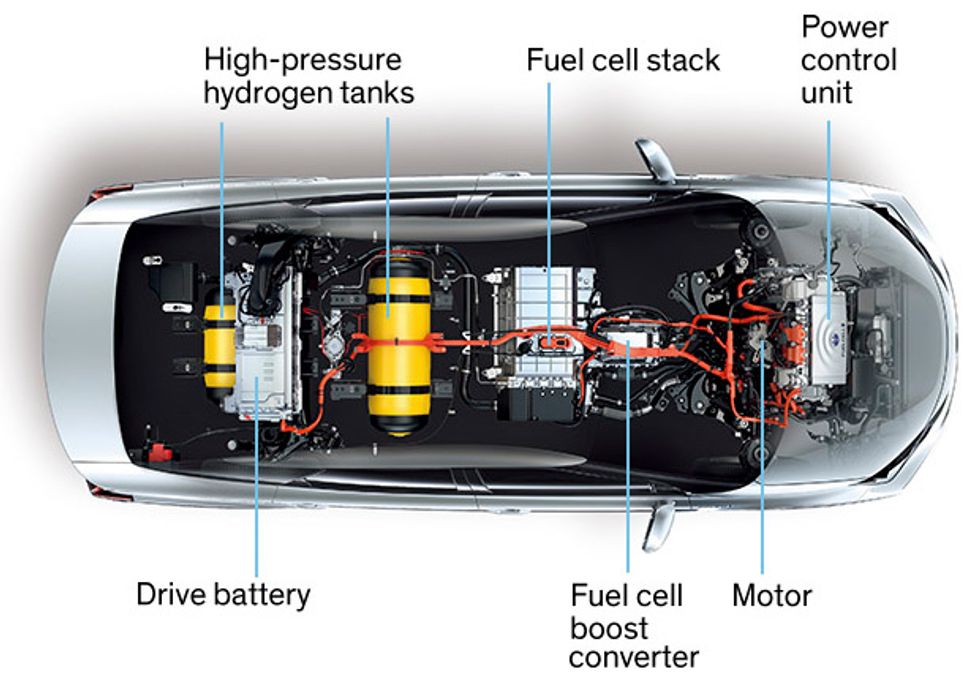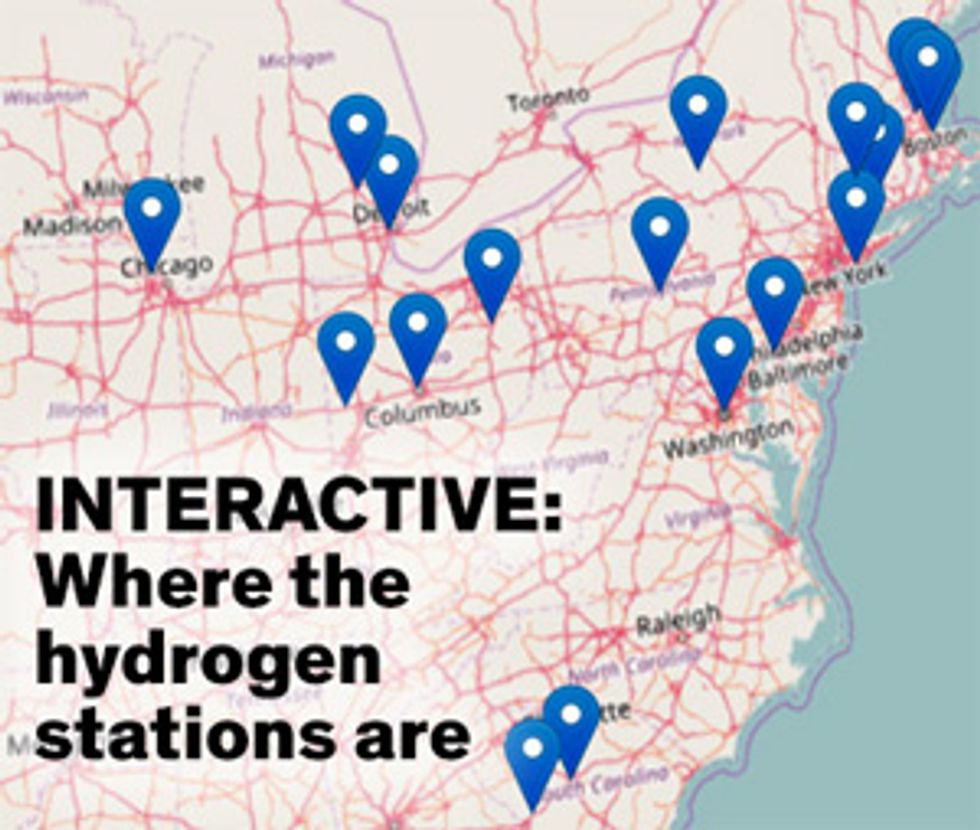Why the Automotive Future Will Be Dominated by Fuel Cells
Range, adaptability, and refueling time will put hydrogen fuel cells ahead of the competition
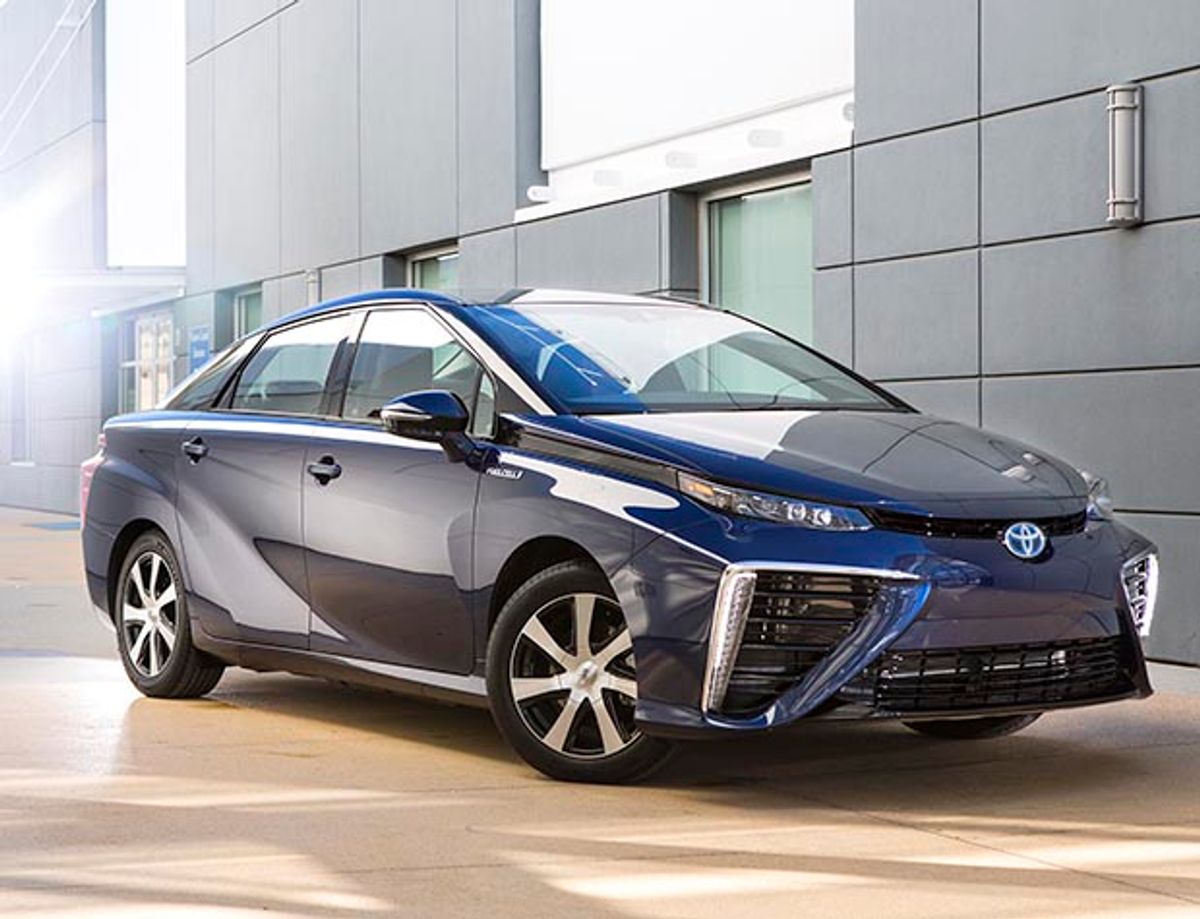
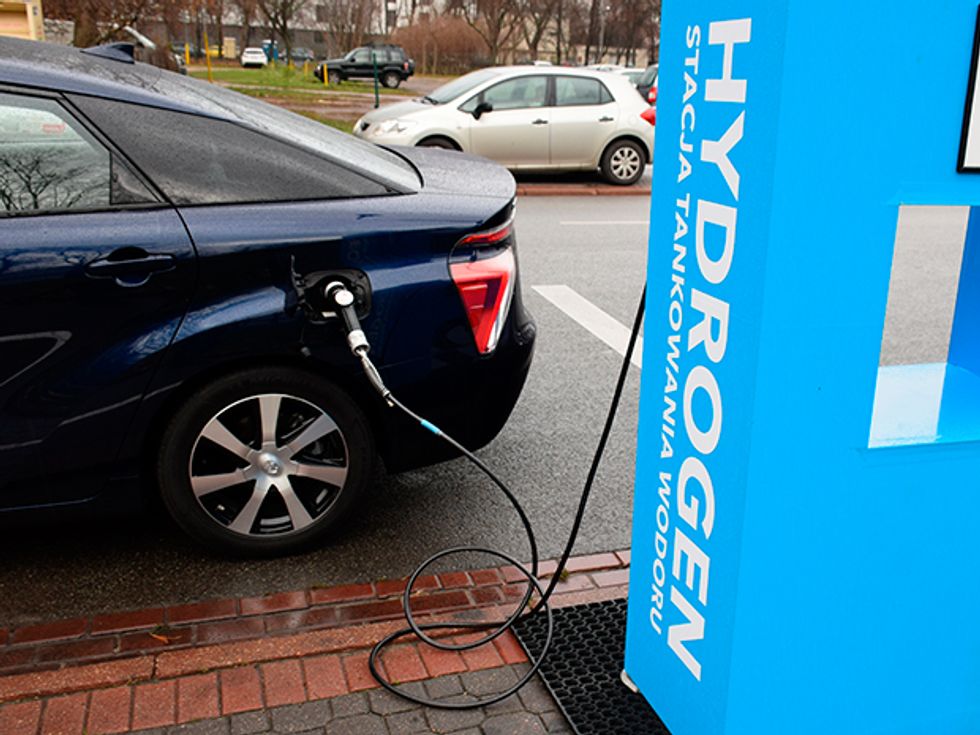
You’d have to be completely uninterested in cars or any other type of transportation to not recognize that automobiles are undergoing a major transition. They no longer run solely on internal-combustion engines and burn petroleum-based fuels. Nowadays, consumers routinely purchase vehicles that run in part or entirely on electricity.
There are different forces behind this colossal shift. For one, electrically powered vehicles reduce the emissions of pollutants that degrade local air quality as well as carbon dioxide emissions, which raise significant worries about altering the climate.
Another reason to favor electrically powered vehicles involves national security. Ample supplies of petroleum are found only in select regions of the world. So countries that lack these natural resources will remain at a political and economic disadvantage if they continue to utilize vehicles that burn gasoline or diesel fuel.
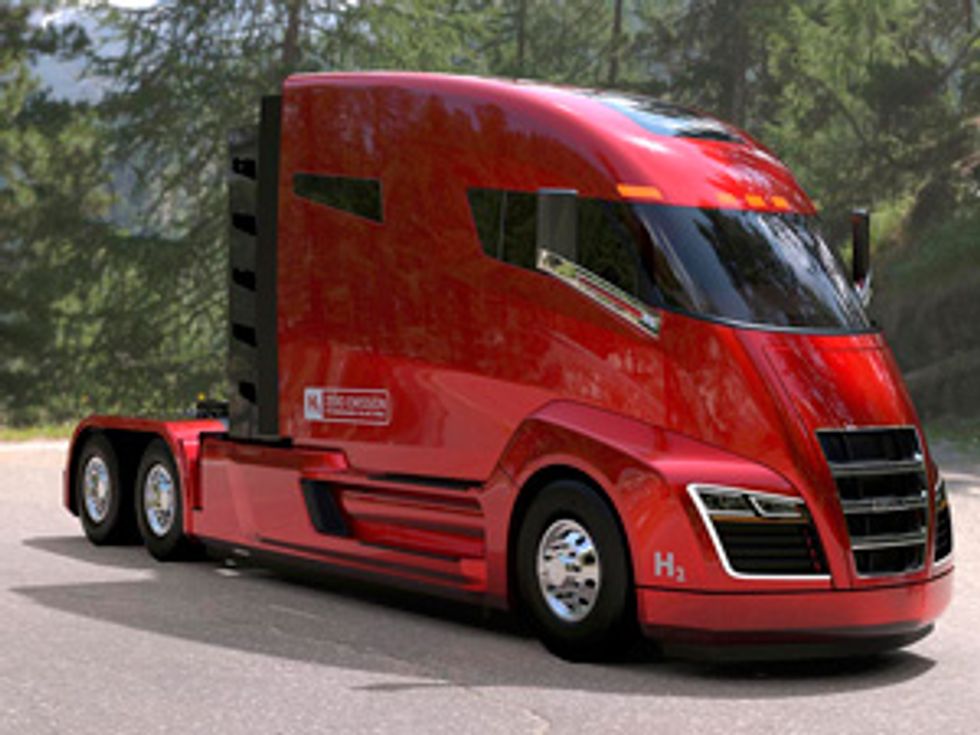
The final reason stems from the fact that exploitable sources of petroleum are slowly running out. Once society reaches the point where production cannot keep up with demand, prices will skyrocket. So it’s no wonder, really, that the transition to electric vehicles is speeding up.
Electric vehicles can be divided into three groups. Most common today, of course, are hybrids, which combine batteries, electric motors, and internal-combustion engines. Although these vehicles have many virtues, in particular high efficiency, all but the plug-in hybrids ultimately draw all of their power from petroleum-based fuels.
The second group is battery electric vehicles, or BEVs, such as the Nissan Leaf and the Tesla Model S, which are now reasonably common. While the electricity they use to charge their batteries comes primarily from fossil fuels, BEVs are advantageous because they use that energy more efficiently than a car with an internal-combustion engine. The grid is also moving to more renewable power, further reducing the carbon signature associated with BEVs.
A third budding category consists of fuel-cell electric vehicles, or FCEVs, which are just emerging but, as I argue below, represent the electric vehicle that most people will ultimately select as their principal car. Forward-looking carmakers are now producing both BEVs and FCEVs, but not without considerable controversy and competitive posturing, which only makes the situation more confusing. So here I would like to clarify the relative benefits of the different technologies and relate how I see electric personal transportation evolving.
Hybrid and battery electric vehicles are common enough now that I needn’t say much about their principles of operation. Fuel-cell electric vehicles are still a rarity, though, so let me describe more fully how they work.
Rather than relying on combustion to drive pistons that then power an electric generator as in a hybrid car, a fuel-cell vehicle uses electrochemistry to generate electricity directly. This is done by taking compressed hydrogen gas stored on board and combining it with oxygen from the air. The products of the reaction are electricity to power the vehicle and water, which is discharged through the tailpipe along with the nitrogen that entered the fuel cell with the air. Because there is no combustion, high temperatures are avoided and oxides of nitrogen, a smog-inducing pollutant from conventional vehicles, are not produced. And because there is no carbon in the fuel to begin with, no hydrocarbons, carbon monoxide, or carbon dioxide are emitted from the tailpipe.
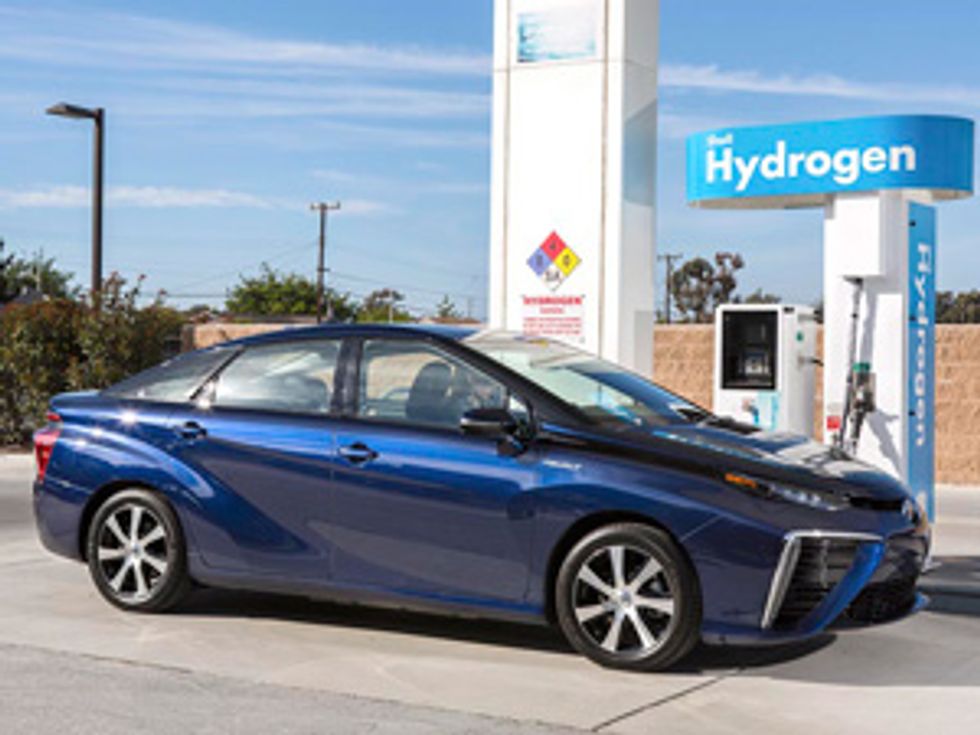
In addition, a fuel-cell electric vehicle is remarkably efficient, more than three times as efficient as today’s average gasoline-powered automobile. Its range and fueling time are comparable to those of conventional automobiles, its fuel can be produced in a variety of straightforward ways, and its drivetrain produces practically no vibration.
Sounds attractive, doesn’t it? You might be wondering how you can start driving one. If you’re in the right location, you now can. A fuel-cell version of the Hyundai Tucson SUV has been offered for lease in my home state of California since June 2014. And an FCEV has been both sold and leased here by Toyota since October 2015, a four-door sedan called the Mirai. Honda is releasing a new FCEV in California this month, a commercial version of its Clarity fuel-cell prototype.
Of course, you need more than just the car—you also need a place to fuel it. In my state, the requisite hydrogen-fueling infrastructure is being developed by the California Energy Commission, which projects that there will be 27 hydrogen filling stations operating here by the end of 2016, more than 44 by the end of 2017, and 74 by 2020. The need for a hydrogen-fueling infrastructure elsewhere in the country is being addressed by H2USA, an initiative supported by the U.S. Department of Energy.
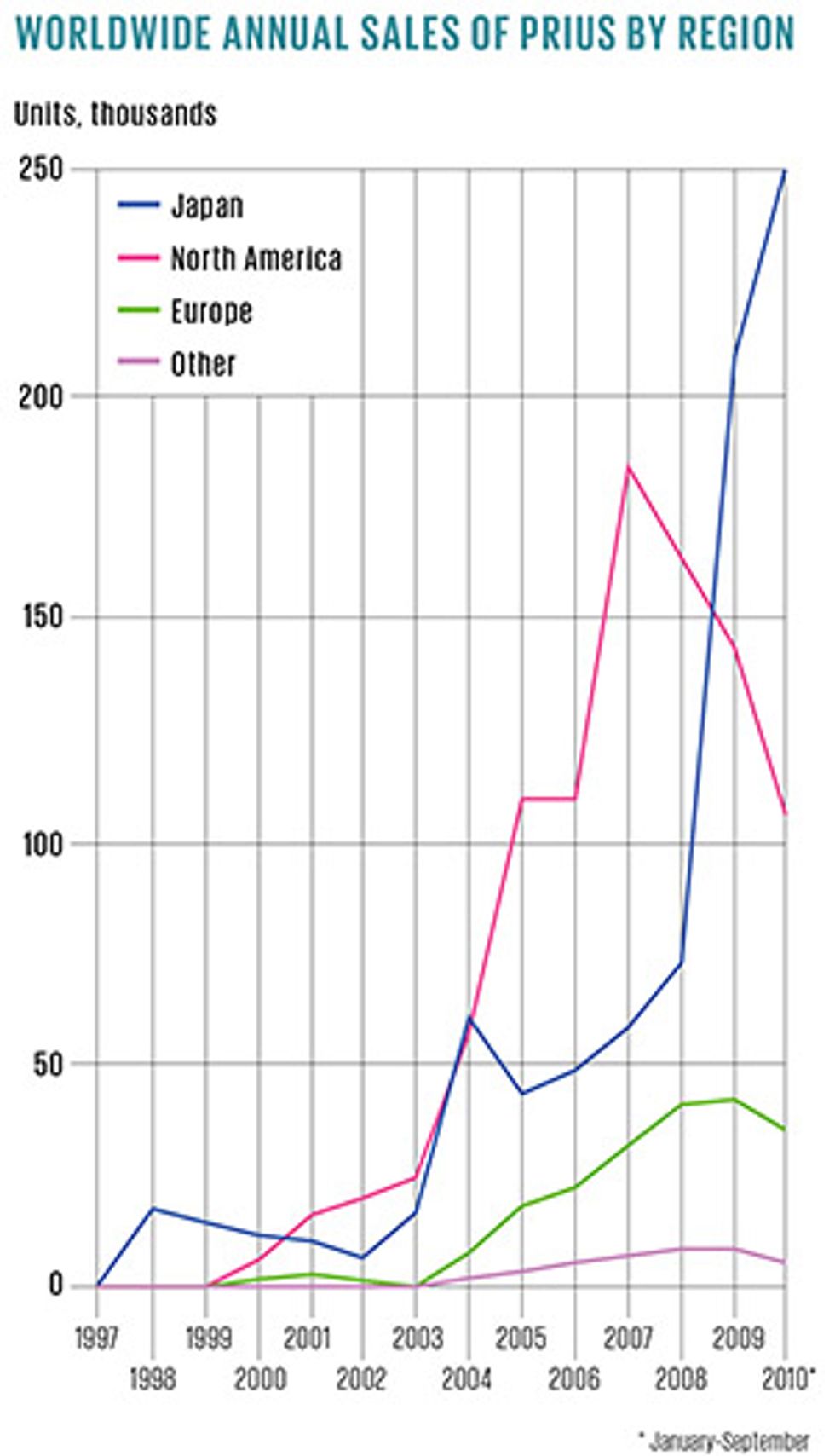
In Europe, there are currently a few dozen hydrogen-fueling stations in operation, and a program called Hydrogen Mobility Europe is leading efforts to increase that number. As of mid-2016, there were 80 hydrogen stations operating in Japan, where the government is keen to boost the number of such facilities considerably before the 2020 Summer Olympics in Tokyo.
Hyundai’s, Toyota’s, and Honda’s fuel-cell electric vehicles may be new to the streets, but much of the technology they carry is not at all new because these cars have a great deal in common with existing battery electric vehicles. Both FCEVs and BEVs have electric drivetrains and battery packs. And both use regenerative braking, a key energy-saving attribute of electric vehicles. Where they fundamentally differ is in the source of electricity, the time required to recharge or refuel, the driving range, and the ability to scale up the size of the vehicle.
Consider first the source of electricity. BEVs are powered solely by electricity generated elsewhere and then stored in a battery pack, whereas FCEVs are powered by hydrogen, which is transformed to electricity by a fuel-cell engine on board the vehicle. Although the hydrogen fuel cell generates electric power, FCEVs also require a battery pack to supply surges of energy to the drive motor and to absorb electricity created by regenerative braking. In contrast to BEV batteries, however, FCEV batteries are only of modest size, like those in hybrid cars today.
The range of most BEVs falls somewhere between 65 and 320 kilometers (40 and 200 miles), depending on the model, the cooling and heating loads, the speed at which the vehicle is driven, and how often the headlights and other electric accessories are used. Affluent electric-car enthusiasts can purchase a Tesla Model S or Model X, which are reported to have ranges of nearly 480 km. That’s approaching the range of FCEVs and conventional vehicles, which can typically travel from 480 to 640 km on one tank.
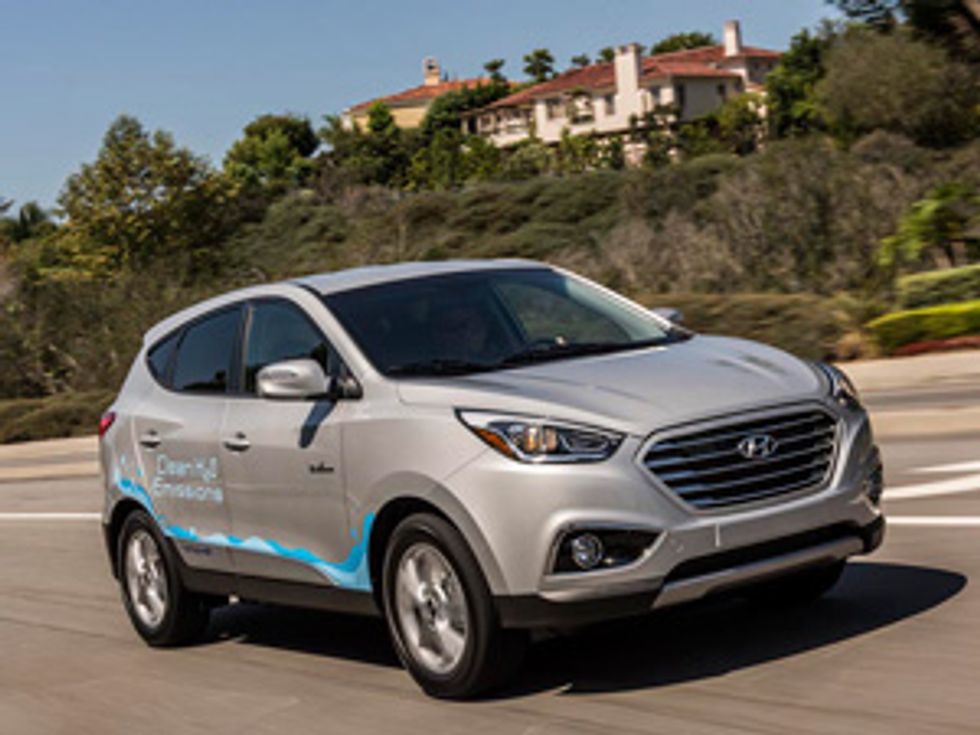
A BEV takes an hour to more than 4 hours to charge when a high-voltage source is available and more than 6 hours using a standard 120-volt household outlet. Cars equipped to accept DC “fast” charging take roughly 30 minutes. An FCEV fills up with a full charge of hydrogen in less than 5 minutes.
BEVs are well suited for light-duty vehicles and are emerging for use in delivery trucks and buses on routes of modest range. The problem with trying to power larger, longer-distance vehicles with batteries is that more battery mass must be added to do so. That in turn requires the vehicle to be outfitted with a bigger motor, a stronger suspension, and better brakes to maintain the same performance—all of which add more weight, which means even bigger batteries are required. It’s a vicious circle, one that eventually becomes unsupportable when designing a large vehicle with the range to which drivers are accustomed. In contrast, fuel cells can be used to power virtually any size vehicle, from compacts cars to long-distance tractor-trailer rigs.
That difference in capability is well illustrated by what happened at Nikola Motor Co., which at one time had intended to produce a BEV tractor-trailer. After the realities of trying to engineer such a vehicle became apparent, the truck’s designers switched to using a hydrogen fuel cell for power. And just this month, the company introduced its fuel-cell-powered tractor-trailer, called the Nikola One.
While fuel-cell cars are just now gaining a toehold in today’s market, I believe that within the next quarter century, the majority of car buyers entering the showroom will select an FCEV as their primary means of transportation, and because of limitations in range and recharging speed, they will consider a BEV only as an option for their second car.
Some strongly disagree with my position here. Most prominent among them, perhaps, is Tesla CEO Elon Musk, who has deridingly referred to FCEVs as “fool-cell vehicles.”
On one occasion in 2015, Musk gave three specific reasons for his position: concerns about the safety of hydrogen, the lack of fueling infrastructure for providing that hydrogen, and its nonrenewable nature. I suspect that Musk’s stance is colored by his desire to promote Tesla’s emerging line of BEVs, a bias that is a disservice to both the public and the environment.
So let me explain why I think Musk’s remarks are off base. First, his statements about the dangers of hydrogen are overblown. All sources of vehicle energy—whether it’s hydrogen, gasoline, diesel fuel, natural gas, or the electricity stored in a battery—have safety issues associated with them. Each must be addressed with the appropriate caution, codes, and standards.
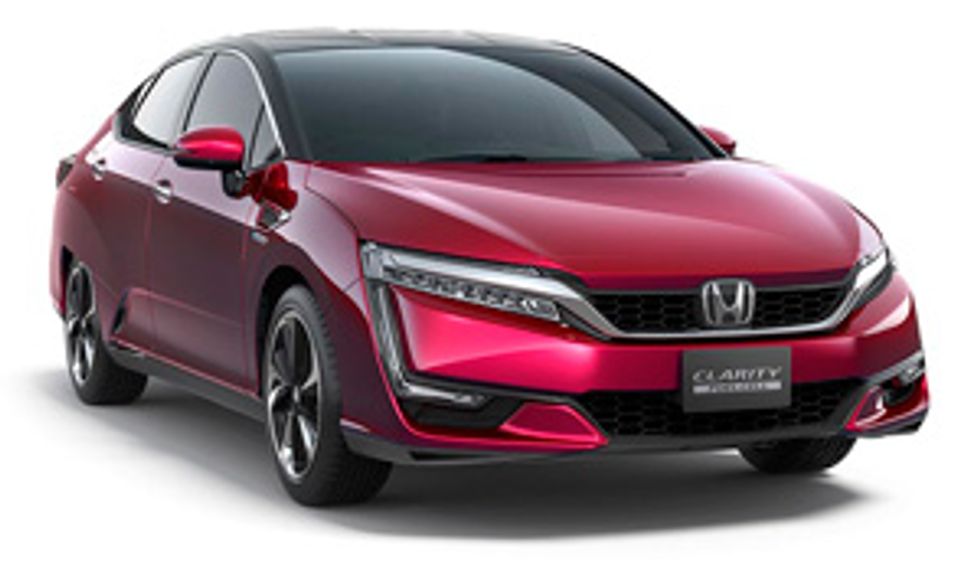
Hydrogen is no different in that regard from other fuels except for certain features that, in some ways, make hydrogen safer than the gasoline fuel with which we’ve grown so comfortable over the decades. In particular, hydrogen is lighter than air and rapidly dissipates upward and outward. This is very different from gasoline, which in a breach can accumulate under the vehicle and, if ignited, engulf the entire vehicle in flame.
Musk’s criticism about the lack of fueling stations for hydrogen is similarly exaggerated. Both BEVs and FCEVs require comprehensive changes to our transportation infrastructure, to be sure. For FCEVs, existing gasoline filling stations must be capable of dispensing hydrogen, which requires costly equipment. But not all filling stations would need to have that capability initially (just as not all filling stations dispense diesel fuel). A study [PDF] carried out for the California Energy Commission in 2013 found that the state needed only 68 hydrogen filling stations for people to start buying FCEVs in substantial numbers. Within Southern California, only 38 such facilities would be required. At full build-out, only 15 percent of current gasoline filling stations operating in the state need to transition to hydrogen. From such a base, the hydrogen-fueling infrastructure would no doubt expand with the numbers of FCEVs to add additional convenience and capacity.
BEV charging, unlike hydrogen fueling, does not have the filling station as the natural home for deployment. The reason, clearly, is because charging takes so long. Charging stations are, however, being installed at major destination points such as shopping centers and office complexes. Home charging is also possible, but it’s a challenge for the increasing numbers of drivers living in apartments and condominiums. And the long periods required to recharge a vehicle at a public charging station are problematic, often creating episodes of “charge rage,” when one vehicle is denied access to a charging port because it’s occupied by another vehicle that is either taking hours to charge or is fully charged but waiting for its driver to return from shopping or completing a day’s work.
Musk’s final criticism is that the hydrogen used in FCEVs is not produced from renewable sources. He is again not correct. Today, 33 percent of the hydrogen dispensed in California must, by law, be produced from renewable sources. Going forward, the percentage of renewable hydrogen dispensed will increase, and, most likely at some point in the not-too-distant future, all the hydrogen put into vehicles will fall into this category.
Here’s why that makes sense: There are already multiple sources of renewable hydrogen, including the combined generation of hydrogen, heat, and power (known as trigeneration) from stationary fuel cells operating on renewable fuels. Another source, electrolysis, is well established and, as it expands, will be able to capture and store solar and wind energy that would otherwise be curtailed when the power generated exceeds the demands of the grid.
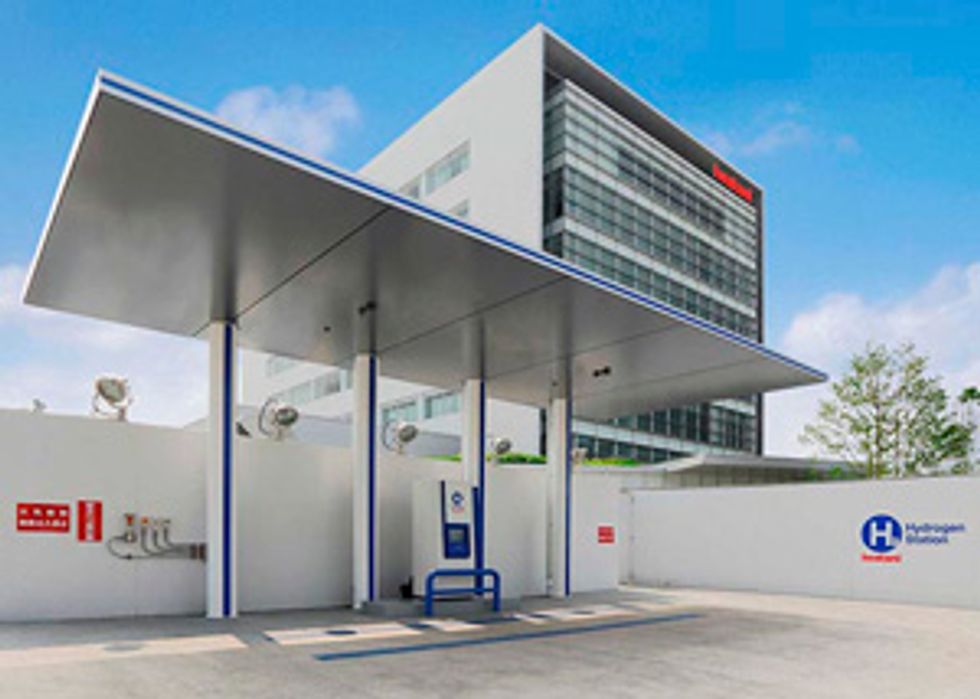
That stored energy would then be available for FCEVs or for stationary fuel cells to meet a call for power by the grid. Batteries will play a role as well, but they do not have the energy density to absorb the massive amounts of energy available, whereas hydrogen does.
Musk argues that electrolysis squanders energy because it’s only half as efficient as charging batteries. But rather than squandering renewable-energy resources, producing hydrogen from wind and solar could—despite its relative inefficiency—makes available a great deal of energy that would otherwise never have been captured in the first place.
Despite the very public posturing of Musk and other hydrogen naysayers, most automobile manufacturers are readying themselves for a time when FCEVs dominate. These companies realize that the size and costs involved generally preclude the use of battery storage for large passenger vehicles as well as medium- and heavy-duty trucks, whereas FCEVs are well positioned to serve all these segments. Mainstream carmakers are also acutely aware that, for many people, BEV charging is just really inconvenient.
That said, I don’t want to suggest that BEVs will be completely replaced by FCEVs as the models available and hydrogen-fueling infrastructure expand. Some people don’t need large cars or vehicles that can travel long distances without lengthy recharging stops. For many homeowners, charging a car in the garage at night is easy enough, and BEVs will serve that portion of the market very well.
So it’s not a matter of one type of electric vehicle prevailing over the other. Based on the current fleet and evolving market trends, I expect FCEVs eventually to be more common than BEVs, but that will take decades, no doubt. And even when that happens, the number of BEVs, many representing a second vehicle, will undoubtedly be substantial.
Elon Musk needn’t feel so threatened by the many attractive features of the FCEVs that are just now breaking into the mainstream automobile market, thanks to the efforts of Hyundai, Toyota, Honda, and other manufacturers. Yes, it’s taken a long time, but the age of the hydrogen-fuel-cell electric vehicle has begun.
A version of this article appears in the February 2017 print issue as “The Automotive Future Belongs to Fuel Cells.”
About the Author
Scott Samuelsen, a professor emeritus of mechanical and aerospace engineering at the University of California, Irvine, is director of the National Fuel Cell Research Center, located at UC Irvine.
